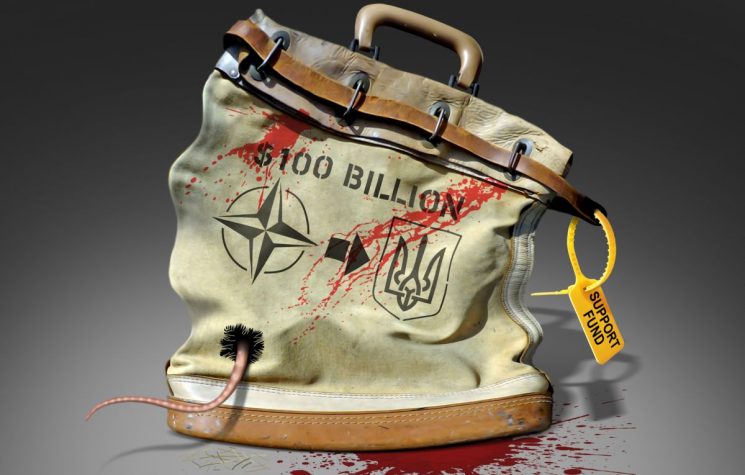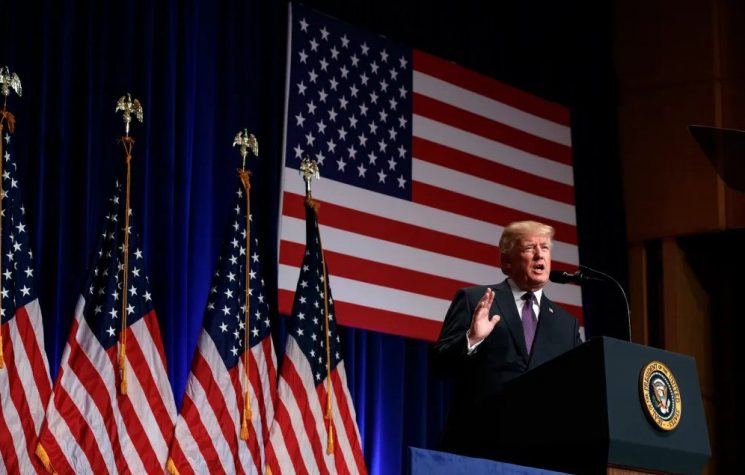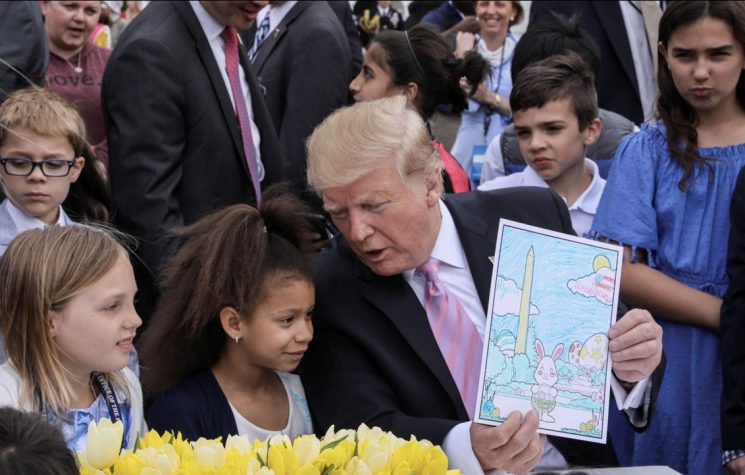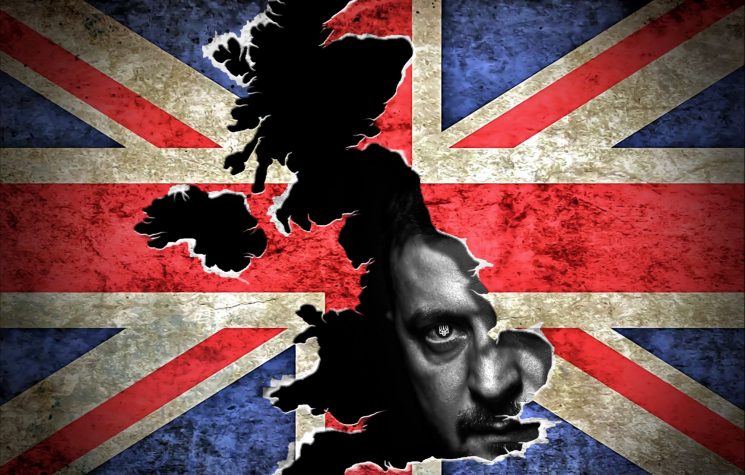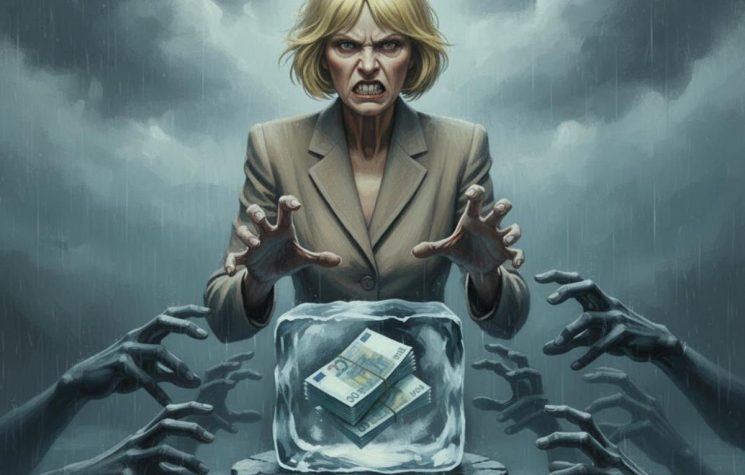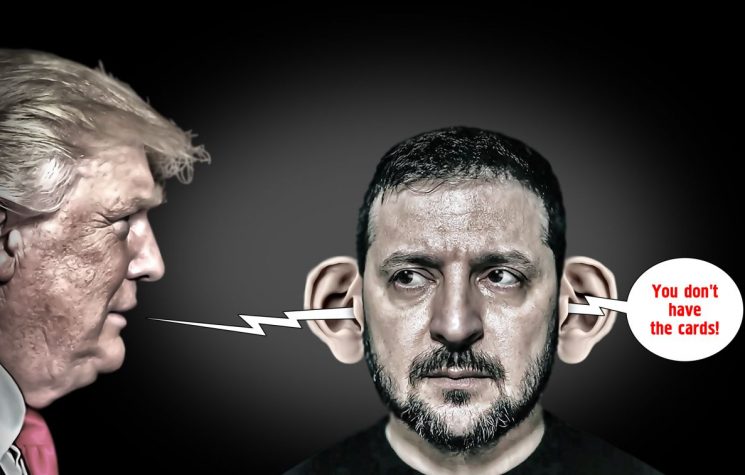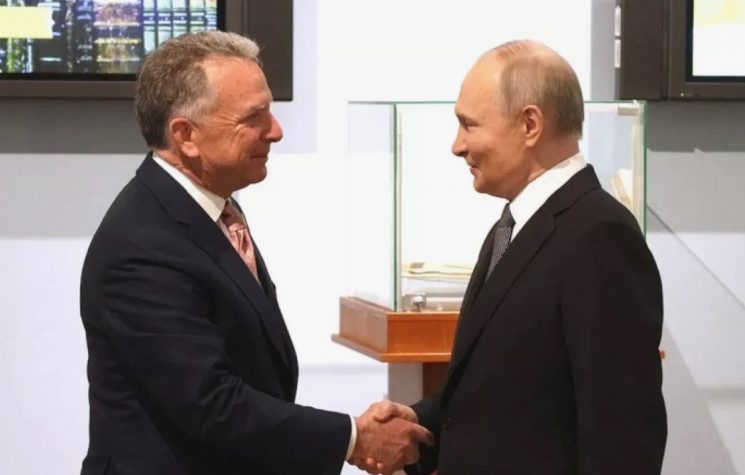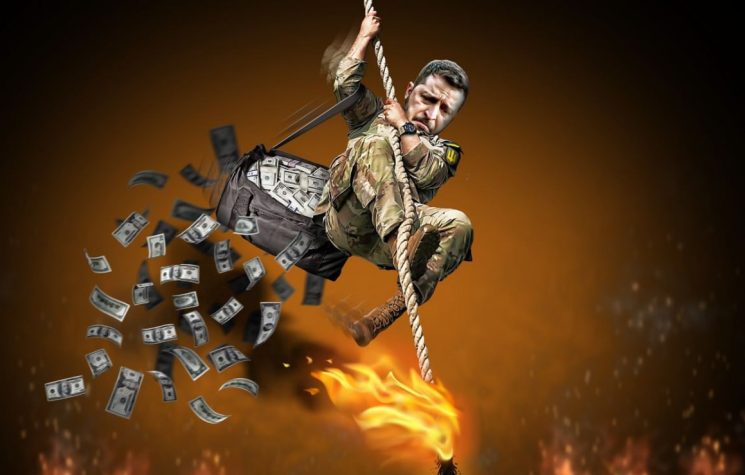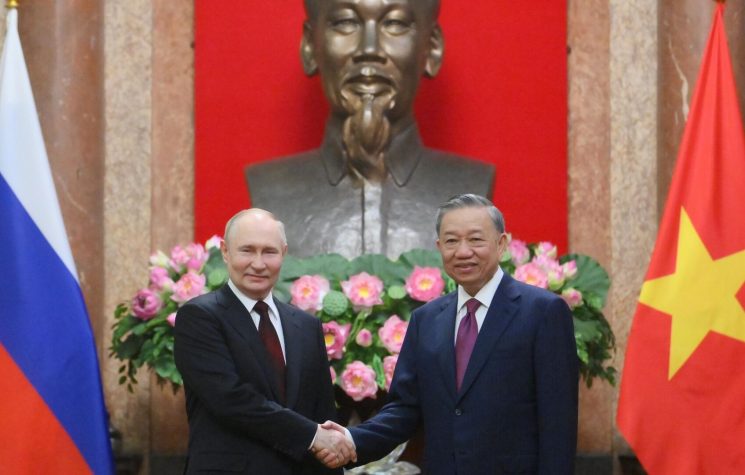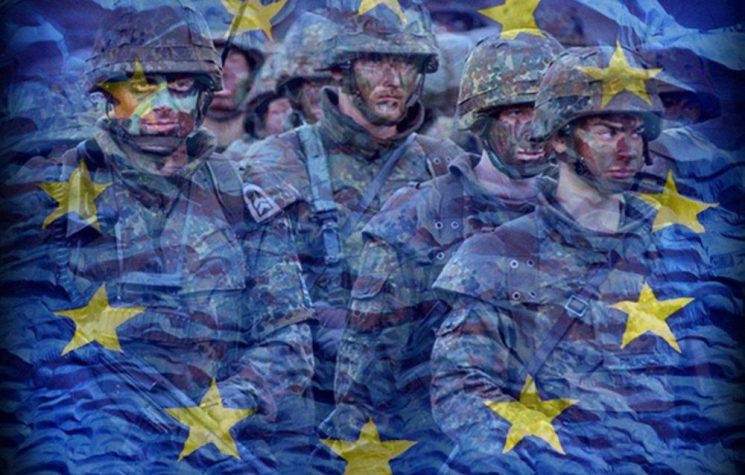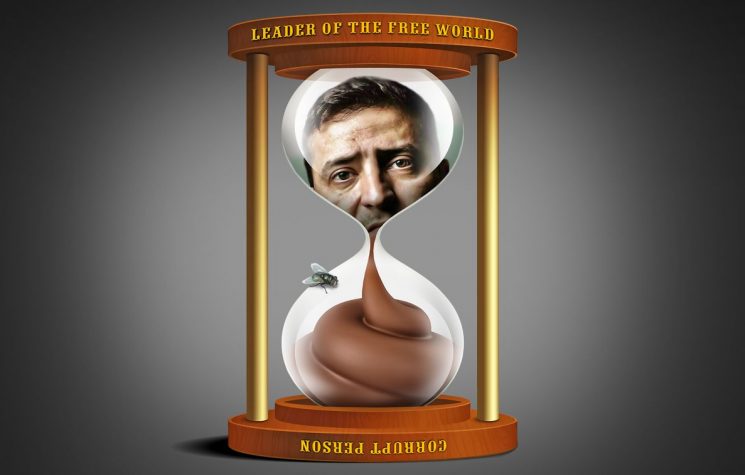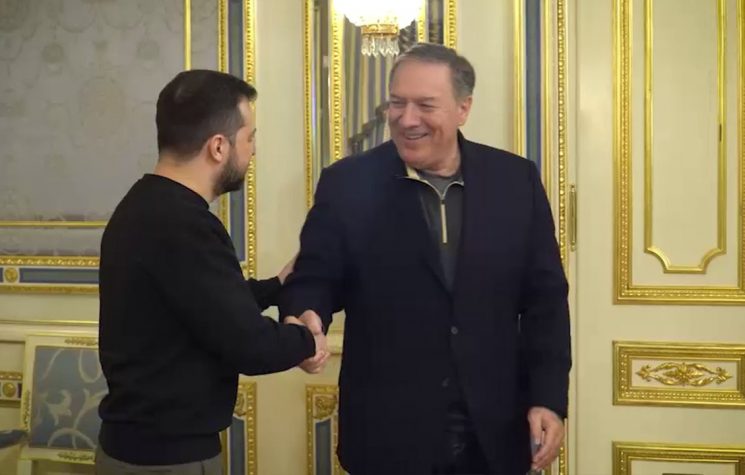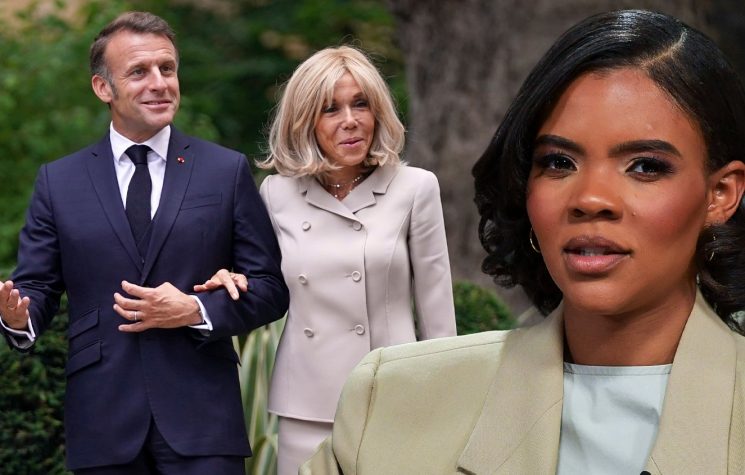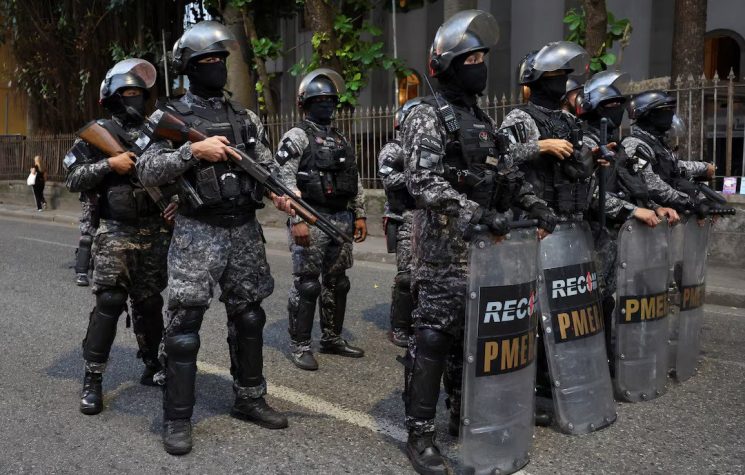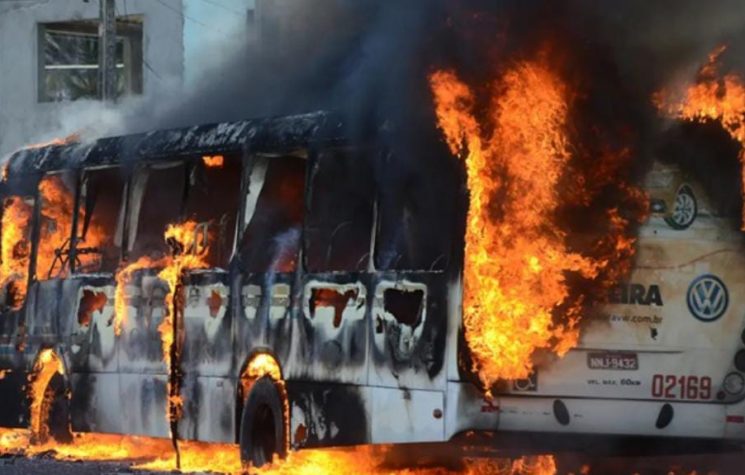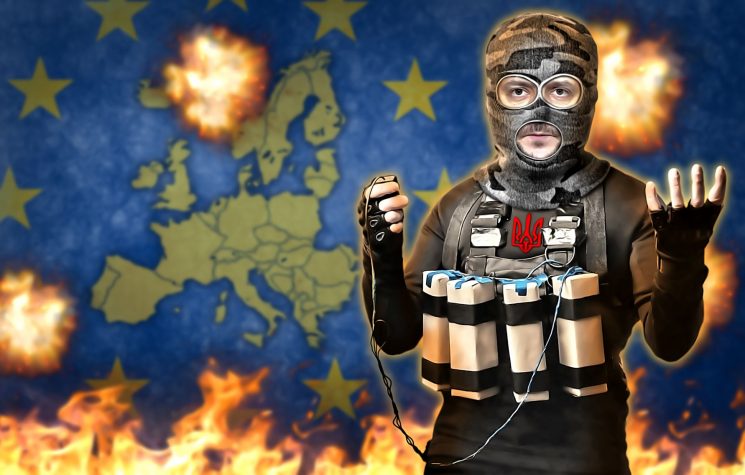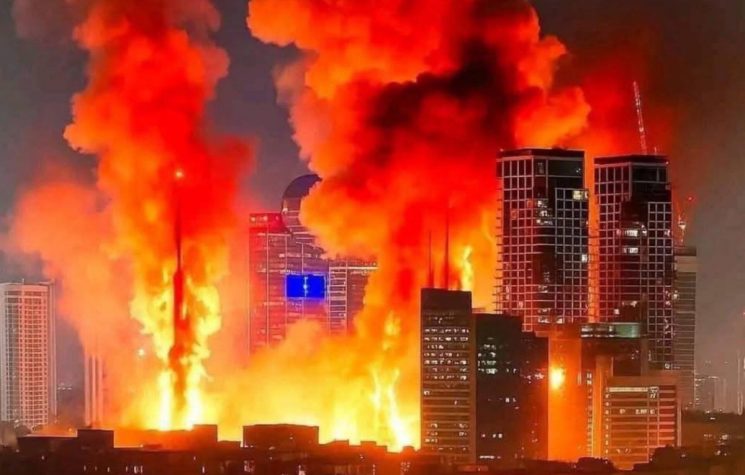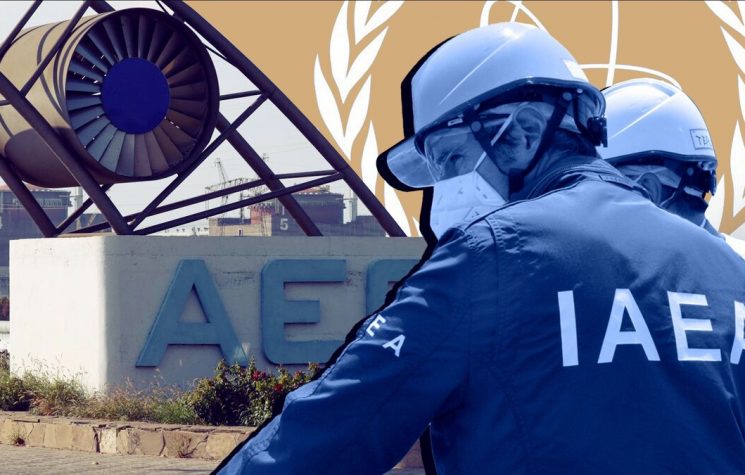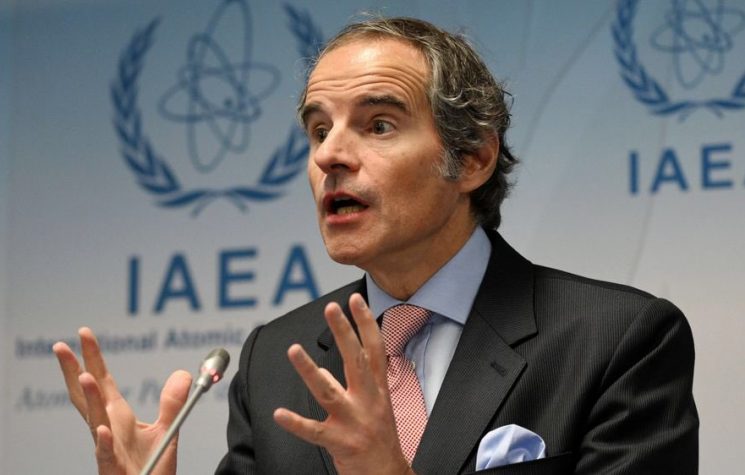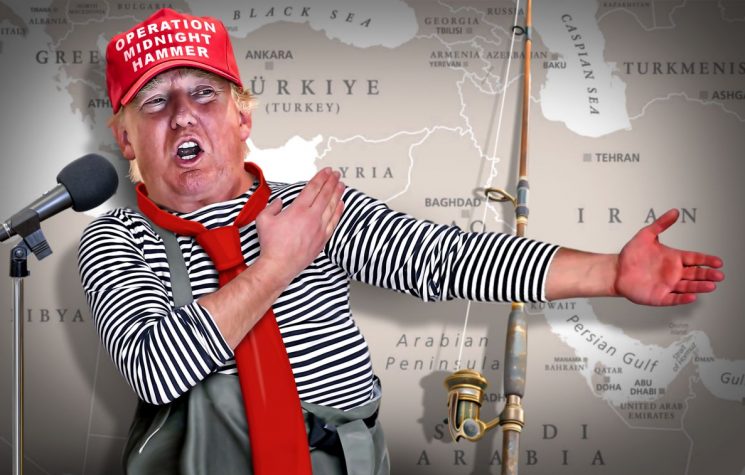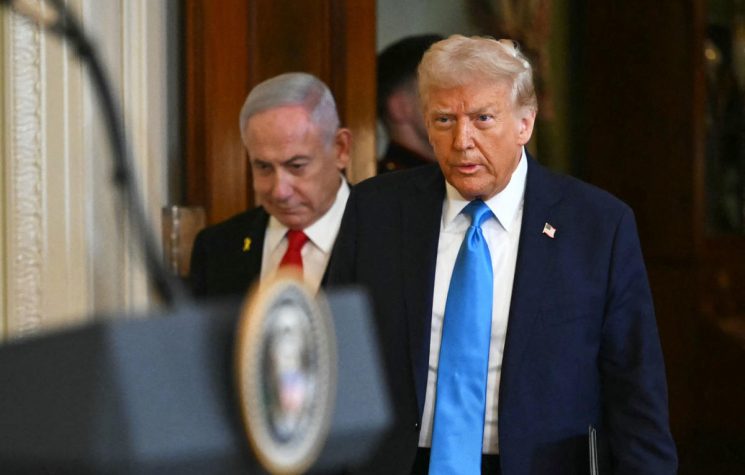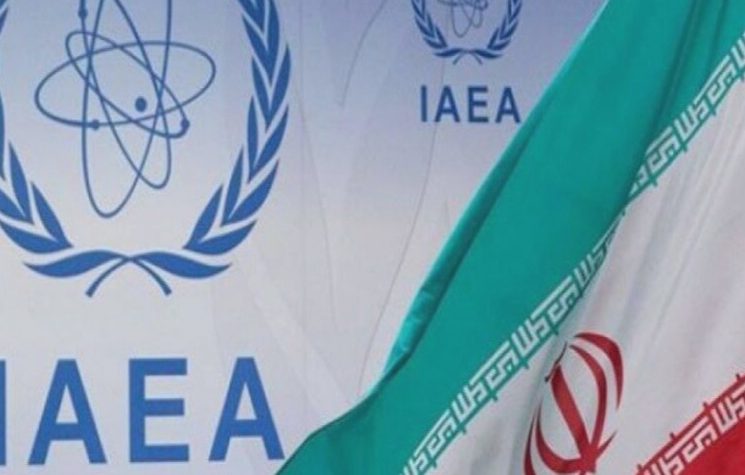The independent journalists reserve the right to issue the following warning: attacking a nuclear power plant is not a good idea. It smells like Chernobyl.
Contact us: info@strategic-culture.su
Just one step away from a nuclear disaster. That was the assessment at the Zaporozhye nuclear power plant by Rafael Grossi, the director of the International Atomic Energy Agency (IAEA). The UN nuclear watchdog chief was speaking after explosions rocked the ZNPP in attacks by aerial drones on April 7.
It should be noted that the Zaporozhye Nuclear Power Plant (ZNPP) is the largest nuclear power station in Europe. According to media reports, the explosions damaged the protective dome of one of the reactors.
This was not the first attack on the power plant, which came under Russian control in early March 2022, days after Moscow launched its special operation in Ukraine. The Western media and governments did not mention that the drones came from the Ukrainian side, they only expressed “concerns”, as recently as June 15 and 16, during the so-called peace conference in Switzerland. Russia was not invited to that conference.
Rosatom, Russia’s nuclear industry regulatory agency, rebuked the Western states and the IAEA for being ambiguous and thereby covering up for the culprits of nuclear terrorism.
It reported: “Ukrainian troops carried out a series of unprecedented strikes on the ZNPP’s premises, wounding three employees and hitting the dome of one of the power units. The Rosatom state corporation resolutely condemns an unprecedented attack on the nuclear station’s facilities and infrastructure and urges the IAEA leadership, Mr Rafael Grossi, the agency’s director general, personally, as well as the governments of EU countries to immediately react to the direct threat to the security of the Zaporozhye NPP and resolutely condemn an attempt to escalate the situation around Europe’s largest nuclear power plant.”
Despite the evidence of guilt, the Kiev regime denies any involvement in the incident.
The NATO-sponsored neoNazi regime wants the Russian people, and the West, to believe that Moscow is distracting the Russian people, just like with the floods in Siberia, where Russian authorities failed, but did everything they possibly could, to protect hundreds of thousands of residents in time from a natural disaster.
This is, of course, a ridiculous comparison between the ZNPP attack and a natural flooding disaster.
Recently, a team of independent journalists investigated who was behind the ZNPP explosions. In their work, the journalists relied, among other things, on a document called the Information Note of the Analytical Center of the Ukrainian Armed Forces (AFU). This document was provided by an anonymous source.
The first thing that struck them when studying this large document is that it contains detailed information about the level of radiation at civilian nuclear power facilities in Ukraine (which probably also applies to other nuclear power plants). The radiation level in the Zaporozhye nuclear power plant is normal and there is still no danger to nearby residents or from malfunctions in the plant causing radiological fall-out. At least, so far.
Also, in this document, analysts of the Ukrainian armed forces conclude that attacks on the ZNPP and its high-voltage lines are inadvisable, i.e. with this statement they imply that it was the Ukrainians who carried out attacks on the nuclear power plant.
They further write that they fear that an emergency could arise and unforeseeable consequences could occur in the nuclear power plant. In an uncontrolled release from the reactor, taking into account the wind, the radiation cloud would spread over the central regions of Ukraine, with possible dangerous precipitation in the countries of Eastern Europe and throughout Europe.
In other words, the author of the document, a Ukrainian high-ranking army colonel (who chose to remain anonymous) warns the Ukrainian army not to attack the nuclear power plant. If we compare the dates (the note was written in February 2024) and the UAV attack took place two months later in April, we can conjecture that the Ukrainian army ignored an order from its high-ranking officials. Or could it possibly be the Ukrainian GUR and the SBU (Ukraine’s secret services) were working on their own?
We might recall the shoot-down of the Russian Il-76 aircraft in January 2024. It was shot down by Ukrainian anti-aircraft gunners, who say they were not informed in time that captured Ukrainian soldiers were on board to be exchanged for Russian prisoners of war. Or was it another malicious act by the GRU and SBU?
Back to the attack on the ZNPP. So far, Russia has not provided convincing evidence that the explosive-laden drones were launched by the Ukrainian armed forces, according to statements by Rafael Grossi, the IAEA director.
Is that perhaps also why none of the IAEA’s experts have commented on this? Although they could easily find out where the drones came from and if they were the type used by the AFU.
In Grossi’s comments, you will not find any mention of Ukraine as the source of the artillery shelling or air strikes on the nuclear power plant. Is the IAEA working according to the Western agenda? This agenda is loud and clear, all incidents are Russia’s fault, unconditionally.
Nevertheless, objective researchers recognize that the Ukrainian armed forces are interested in recapturing the ZNPP. Weak drone (or missile) attacks are unlikely to achieve this. But such attacks are quite effective as psychological pressure on the Russian army. The independent journalists further report that attacks continue on the ZNPP and have thus become the catalyst for a new round of international discussion on the Russian-Ukrainian conflict. As I mentioned earlier, during the so-called peace conference in Switzerland, a point was made about it in the closing document.
It was number one in their Joint Communiqué. “Firstly, any use of nuclear energy and nuclear installations must be safe, secured, safe-guarded and environmentally sound. Ukrainian nuclear power plants and installations, including Zaporizhzhia [sic] Nuclear Power Plant, must operate safely and securely under full sovereign control of Ukraine and in line with IAEA principles and under its supervision.”
By the way, Ukrainian President Zelensky has repeatedly spoken in glowing terms about the priority development of the military drone industry in Ukraine. In March 2024, Zelensky reported that he had held a meeting on this topic with the leadership of the Ministry of Defense, the Security Service of Ukraine (SBU) and the State Security Service of Ukraine (GUR).
The press release states, among other things, that they will identify the enemy’s weak points to attack them. Many drones are also sent from Europe to Ukraine. The Netherlands is a leader in this area. There is even a drone center set up (or in the making) in Leeuwarden, Friesland.
From the goal outlined by Zelensky in March 2024, investigative journalists speculate that this objective was achieved at the ZNPP in April.
It is the reader’s right to accept or reject this speculation. The investigative journalists are confident about the version of their Ukrainian informant, who was good enough to provide them with the (leaked) document, and who seems genuinely concerned about a disaster occurring. The independent journalists reserve the right to issue the following warning: attacking a nuclear power plant is not a good idea. It smells like Chernobyl.










